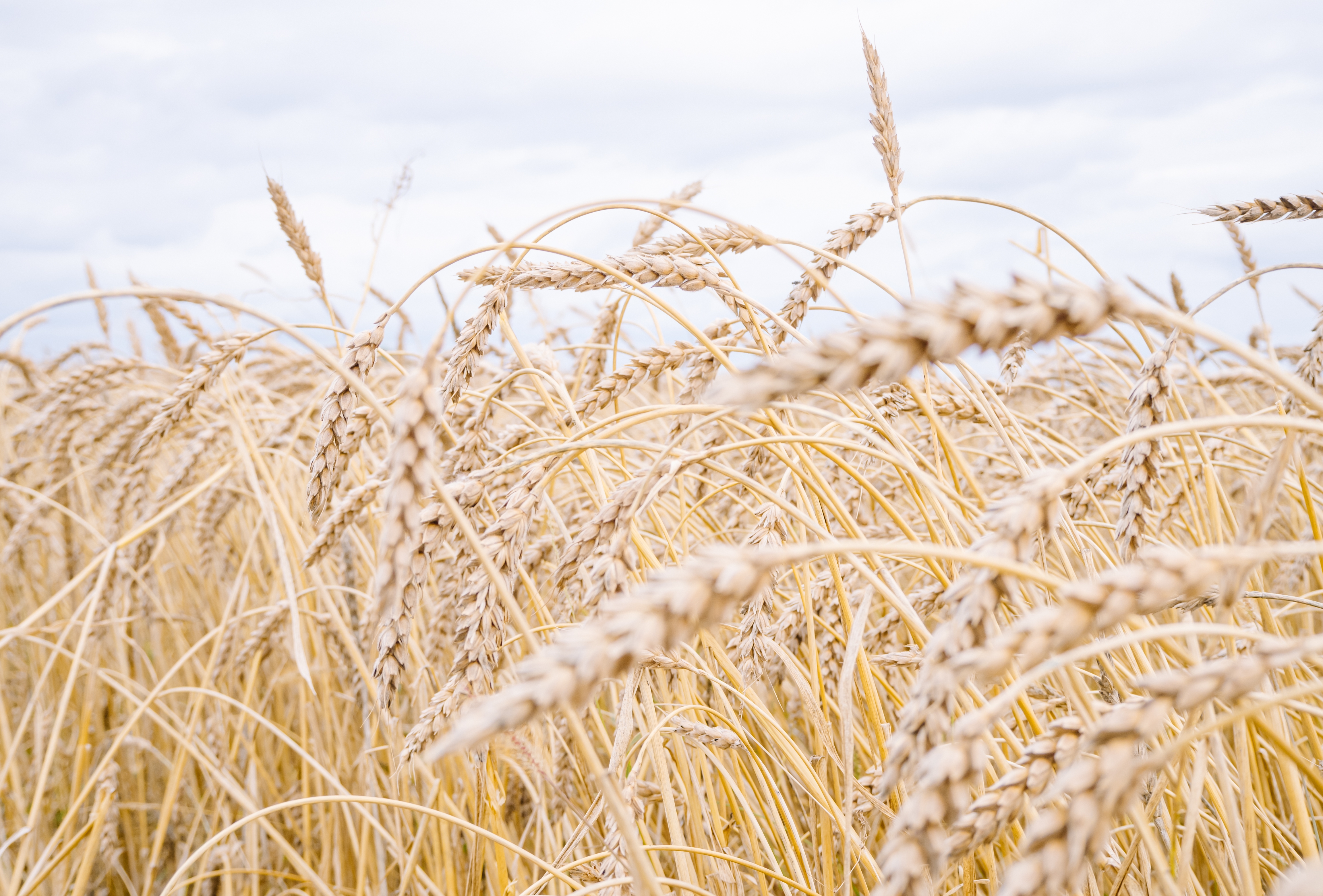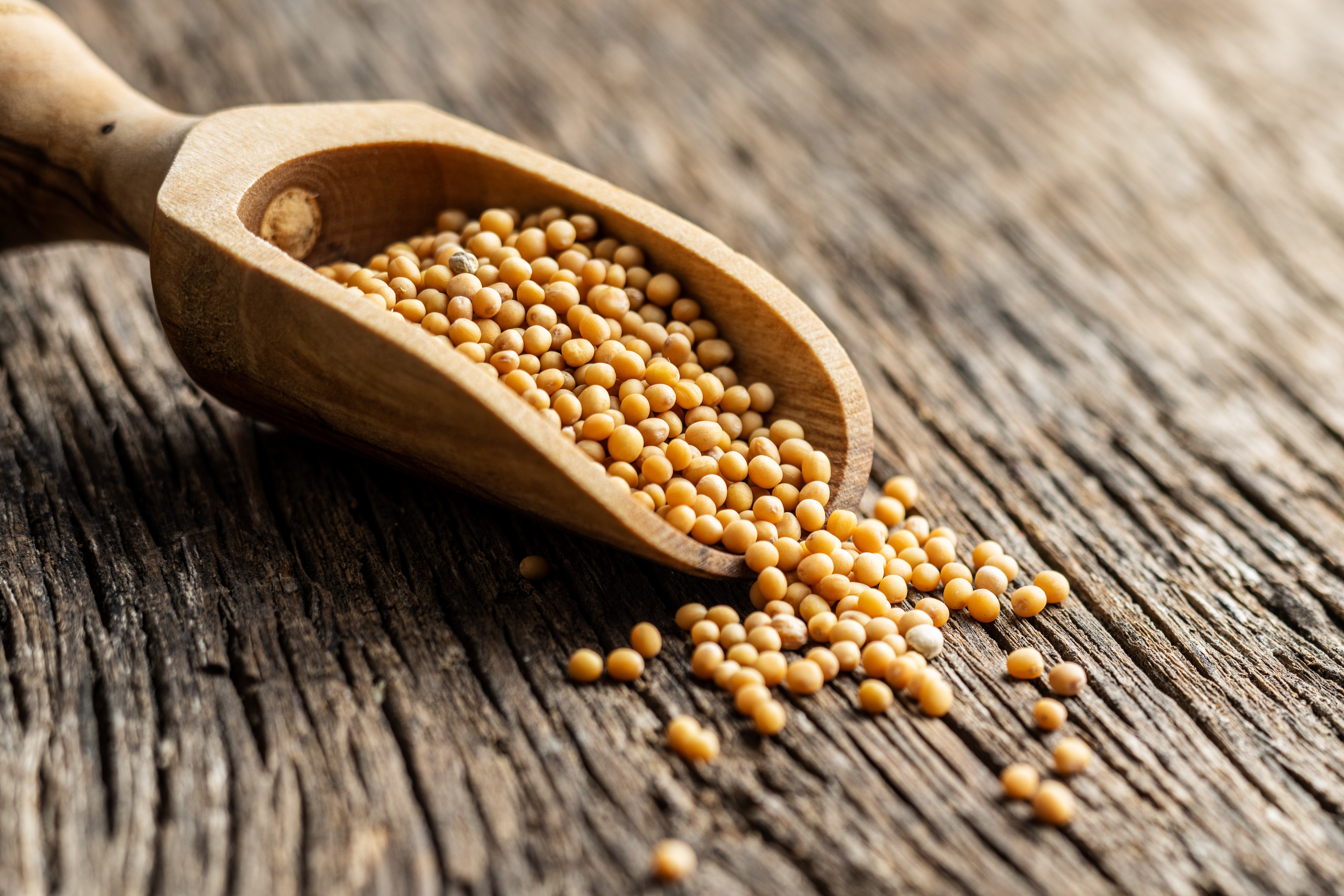10 Hidden Food Allergy Triggers Lurking in North America
Food allergies have become a significant public health concern in North America, with millions of individuals affected by adverse reactions to common foods. These reactions can range from mild discomfort to life-threatening anaphylaxis, making the identification and management of food allergies critical. This article delves into the intricacies of food allergies, focusing on 10 of the most common triggers. By understanding these allergens and their hidden presence in everyday foods, we aim to provide a comprehensive guide to navigating the complex landscape of food allergies. Through this exploration, readers will gain insight into the science behind allergic reactions, the challenges of food labeling, and the importance of awareness and preparedness in managing these conditions.
1. Peanuts: The Ubiquitous Culprit

Peanuts, despite their name, are legumes rather than true nuts, yet they are one of the most common allergens, affecting approximately 1-2% of the population. The prevalence of peanut allergies has increased dramatically over the past few decades, leading to widespread concern and research. This section explores the biochemical mechanisms that trigger peanut allergies, including the role of specific proteins such as Ara h1, Ara h2, and Ara h3. Additionally, we examine the hidden sources of peanuts in processed foods and the challenges faced by individuals with peanut allergies in avoiding accidental exposure. The societal impact of peanut allergies, including changes in school policies and airline practices, is also discussed.
2. Tree Nuts: A Diverse Group of Triggers

Tree nuts, which include almonds, walnuts, cashews, and pistachios, are another major group of allergens. Unlike peanuts, tree nuts are true nuts and are often found in a wide variety of foods, from baked goods to ethnic cuisines. This section delves into the complexity of tree nut allergies, highlighting the fact that an allergy to one type of tree nut does not necessarily mean an allergy to others. We explore the genetic and environmental factors that contribute to the development of tree nut allergies and the importance of accurate diagnosis. Furthermore, the section addresses the challenges of cross-contamination in food production and the role of labeling in helping individuals avoid tree nut allergens.
3. Milk: The Hidden Ingredient

Milk allergies are most common in children, although they can persist into adulthood. Unlike lactose intolerance, which is a digestive issue, milk allergies involve the immune system and can provoke severe reactions. This section examines the proteins in milk, such as casein and whey, that are responsible for allergic reactions. We also explore the prevalence of milk as a hidden ingredient in processed foods, including non-dairy products that may contain milk-derived proteins. The section discusses the importance of vigilance in reading food labels and the challenges faced by individuals with milk allergies in finding safe alternatives.
4. Eggs: More Than Just Breakfast

Eggs are a staple in many diets, but they are also a common allergen, particularly in children. This section explores the proteins in eggs, such as ovomucoid and ovalbumin, that trigger allergic reactions. We discuss the prevalence of eggs in various foods, from baked goods to sauces, and the challenges of avoiding accidental exposure. The section also addresses the role of egg allergies in influencing dietary choices and the development of egg-free alternatives. Additionally, we explore the potential for outgrowing egg allergies and the importance of regular testing and consultation with healthcare professionals.
5. Shellfish: The Elusive Allergen

Shellfish allergies are more common in adults than in children and can be triggered by both crustaceans, such as shrimp and crab, and mollusks, such as clams and oysters. This section examines the proteins in shellfish that cause allergic reactions and the challenges of avoiding shellfish in various cuisines. We explore the hidden presence of shellfish in flavorings and supplements and the importance of thorough communication with restaurant staff when dining out. The section also discusses the potential for cross-reactivity between different types of shellfish and the need for personalized management plans for individuals with shellfish allergies.
6. Fish: A Sea of Challenges

Fish allergies are distinct from shellfish allergies and are often triggered by proteins such as parvalbumin. This section explores the prevalence of fish allergies and the challenges of avoiding fish in a seafood-rich culture. We discuss the hidden presence of fish in sauces, dressings, and supplements, as well as the potential for cross-contamination in restaurants and food production facilities. The section also addresses the importance of clear labeling and the role of education in helping individuals with fish allergies navigate their dietary restrictions safely.
7. Wheat: Beyond Gluten

While gluten intolerance and celiac disease often receive more attention, wheat allergies are a distinct condition that involves the immune system. This section examines the proteins in wheat, such as gliadin and glutenin, that trigger allergic reactions. We explore the prevalence of wheat in processed foods and the challenges of finding safe alternatives. The section also discusses the role of wheat allergies in influencing dietary choices and the development of wheat-free products. Additionally, we explore the potential for outgrowing wheat allergies and the importance of regular testing and consultation with healthcare professionals.
8. Soy: The Hidden Additive

Soy is a common ingredient in many processed foods and is often used as a meat substitute in vegetarian and vegan diets. This section examines the proteins in soy, such as glycinin and beta-conglycinin, that trigger allergic reactions. We discuss the prevalence of soy in various foods, from sauces to baked goods, and the challenges of avoiding accidental exposure. The section also addresses the role of soy allergies in influencing dietary choices and the development of soy-free alternatives. Additionally, we explore the potential for outgrowing soy allergies and the importance of regular testing and consultation with healthcare professionals.
9. Sesame: The Emerging Allergen

Sesame allergies are increasingly recognized as a significant concern, leading to changes in labeling laws in some regions. This section examines the proteins in sesame seeds that trigger allergic reactions and the prevalence of sesame in various foods, from bread to ethnic cuisines. We discuss the challenges of avoiding sesame in a diverse food landscape and the importance of clear labeling. The section also addresses the role of education in helping individuals with sesame allergies navigate their dietary restrictions safely and the potential for cross-reactivity with other seeds and nuts.
10. Mustard: The Unexpected Threat

Mustard allergies, though less common than peanut or dairy allergies, are gaining recognition as a significant food allergen. The proteins in mustard seeds, particularly Sin a 1, can trigger severe allergic reactions, ranging from mild skin irritation to anaphylaxis. Mustard is often hidden in spice blends, salad dressings, sauces, marinades, and processed meats, making it difficult to avoid without careful label reading. Since mustard is widely used in condiments, fast food, and packaged goods, cross-contamination is a real risk for those with severe allergies. In some regions, including Canada and the European Union, mustard is now recognized as a priority allergen, requiring clear labeling on food products. Awareness and vigilance are key in managing mustard allergies, as its presence is not always obvious in ingredient lists.
Navigating the Allergy Landscape

The prevalence of food allergies presents a complex challenge for individuals, families, and society as a whole. This article has explored the hidden triggers of North America's top 10 food allergies, highlighting the importance of awareness, education, and preparedness in managing these conditions. By understanding the science behind allergic reactions and the hidden presence of allergens in everyday foods, individuals can make informed decisions about their diets and lifestyles. As research continues to advance, there is hope for new treatments and interventions that can improve the quality of life for those affected by food allergies. In the meantime, vigilance, education, and advocacy remain key components in navigating the allergy landscape.
